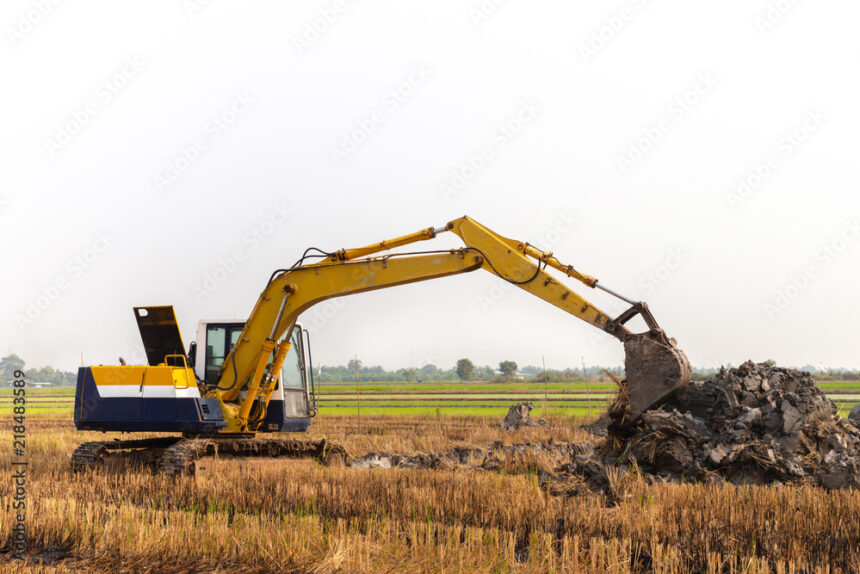Post-harvest handling equipment plays a crucial role in agriculture by ensuring the preservation, quality, and marketability of harvested crops. It encompasses a wide range of tools, machinery, and infrastructure used to handle, process, store, and transport agricultural produce after it has been harvested. Here are some key reasons why post-harvest handling equipment is important:
- Preservation of Quality: Post-harvest handling equipment helps to minimize losses and maintain the quality of harvested crops. Proper handling and processing techniques can prevent physical damage, reduce moisture loss, control temperature, and minimize the growth of microorganisms and pests. These measures help to preserve the nutritional value, taste, appearance, and overall marketability of the produce.
- Extension of Shelf Life: Effective post-harvest handling equipment and techniques can significantly extend the shelf life of agricultural products. For example, refrigeration systems, controlled atmosphere storage, and modified atmosphere packaging can slow down the natural deterioration processes, such as respiration and ripening, thereby extending the marketable lifespan of perishable crops.
- Reduction of Post-Harvest Losses: Post-harvest losses, including spoilage, physical damage, and decay, can account for a significant portion of agricultural production losses. By using appropriate handling equipment, such as sorting machines, grading systems, and packaging materials, farmers can minimize losses and maximize the quantity of high-quality produce available for sale or consumption.
- Enhanced Marketability: The appearance, uniformity, and overall quality of agricultural produce are important factors influencing consumer preferences and market demand. Post-harvest handling equipment facilitates processes such as cleaning, sorting, grading, and packaging, which help to enhance the visual appeal and uniformity of the products. This, in turn, improves marketability, increases consumer confidence, and allows farmers to command better prices for their crops.
- Efficient Storage and Transportation: Proper post-harvest handling equipment enables efficient storage and transportation of agricultural produce. Equipment like storage containers, bins, silos, and transportation vehicles provide the necessary infrastructure for safe and organized handling, minimizing physical damage, and facilitating timely delivery to markets or processing facilities. This helps to reduce post-harvest losses and ensures that the produce reaches consumers in a fresh and desirable condition.
- Value Addition and Diversification: Post-harvest handling equipment also enables value addition and diversification of agricultural products. It allows for processing activities such as cleaning, sorting, grading, packaging, and transformation into value-added products like juices, canned goods, or frozen items. These value-added products often have higher market demand and can generate additional income for farmers, thereby improving their overall profitability.
Post-harvest handling equipment is of paramount importance in agriculture. By preserving quality, extending shelf life, reducing losses, enhancing marketability, facilitating efficient storage and transportation, and enabling value addition, this equipment contributes to the overall success, profitability, and sustainability of the agricultural sector.
Join 'Farmers Mag' WhatsApp Channel
Get the latest Farming news and tips delivered straight to your WhatsApp
CLICK HERE TO JOIN






